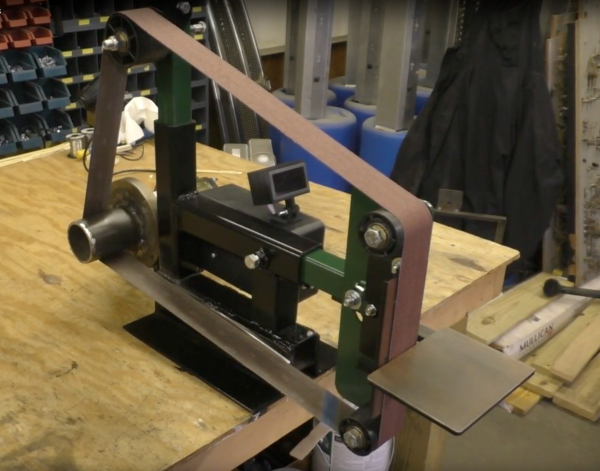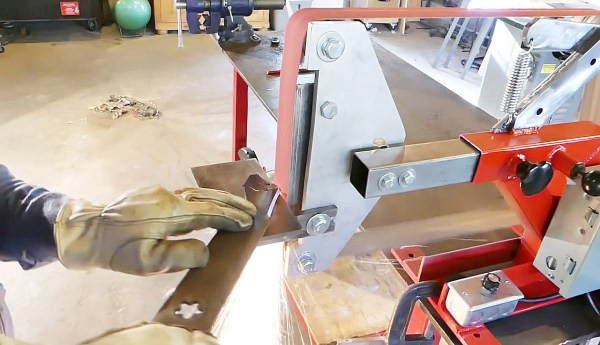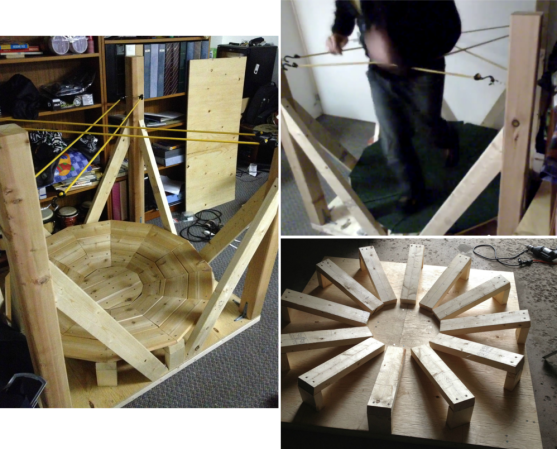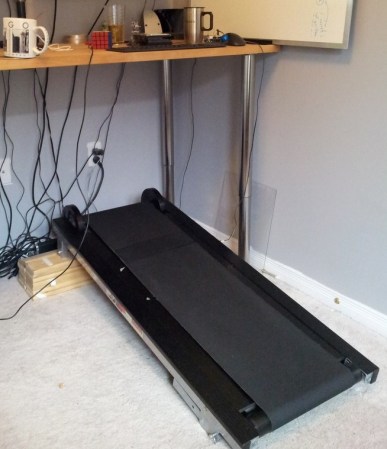We’re just over a month into the new year, and some people’s resolve on those exercise plans are already dwindling. There’s some good news though. That treadmill can be hacked into a nice belt grinder for your shop.
[Bob]’s treadmill belt grinder is based on a 2.5 horsepower motor he salvaged from a broken, donated treadmill. This motor needs 130 VDC to run, which is a bit of a challenge to generate. Fortunately, lots of treadmills seem to use the same MC-60 motor controller, which is compatible with this motor. Due to the widespread use of this controller, they can be found on eBay for about $30.
With the motor spinning, [Bob] built up a frame for the grinder, added rollers to hold the belt, and a spring based belt tensioner. The motor’s speed set point is controlled by a potentiometer, and the controller varies the power to keep a constant speed. Since the motor is capable of some serious RPM, a tachometer was added for feedback to prevent high-speed belt shredding.
The final result is a very professional looking tool for under $200. What would a grinder like this be used for? Knives of course! 2″ belt grinders are perfect for shaping and grinding knives and swords. In fact, you can see one in use in this sword hack.
Check out a video of the build after the break.
Continue reading “Turn Your New Years Resolution Into A Belt Grinder”




















